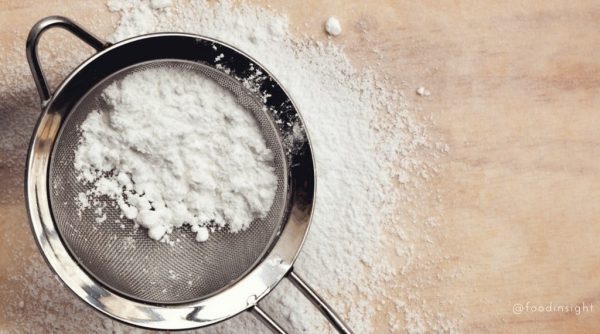
In the calcium carbonate industry, some people have heard the term “high-gloss calcium”. The specific concept may not be clear, but the “high-end” feeling it brings to people is not lacking at all. High-gloss calcium is actually not a very specific concept. It can be regarded as a kind of functional calcium powder suitable for high-gloss products, which may be applicable in coatings, plastics, rubber, printing and other industries.
From a single index point of view, ultrafine modified calcium carbonate with a mesh size of more than 2500 can be regarded as one of the “hard conditions” for high-gloss calcium. In addition, important indicators such as fineness distribution, whiteness, dispersion, and fluidity of the product also need to meet certain requirements, and are suitable for high-gloss products.
What are the characteristics of high-gloss calcium?
Basically, it can be summed up as good function and expensive price. why good? Some high-gloss calcium can replace 20% of titanium dioxide, which can also be understood as a good product. In addition, the mesh number of high-gloss calcium often reaches more than 2500 mesh, which may also mean lower production capacity or higher cost. In addition, as can be seen from the name of “high-gloss calcium”, whiteness is also a point that cannot be ignored, so more expensive high-white ore is also essential. Finally, as far as the fineness of high-gloss calcium above 2500 mesh is concerned, it must be obtained through multiple classifications, and the surface modification treatment must be done well to ensure fineness, fluidity and dispersibility. Generally speaking, high fineness, high whiteness, and modification treatment will increase production costs in every link, so “good and expensive” are the obvious characteristics of high-gloss calcium.
Some people also say that the application of high-gloss calcium will increase the cost. This point of view can also be divided into two. On the one hand, the quality of downstream products produced by high-gloss calcium is often better, and the profit margin may be larger. On the other hand, in the production of downstream products with the same quality as before, the amount of high-gloss calcium can be reduced, and the cost may not increase. It needs to be judged and selected according to the respective production conditions.
Why can high-gloss calcium replace titanium dioxide?
From the perspective of powder properties and functional performance, the maximum performance of titanium dioxide is reflected in the optical aspect, and its optical performance mainly depends on the surface properties of titanium dioxide particles, and its inner core hardly plays a role. Therefore, the use of high-gloss calcium carbonate and titanium dioxide compound with similar properties to titanium dioxide can achieve the original effect by optimizing the spatial distribution of titanium dioxide in the product, and finally reduce the amount of expensive titanium dioxide, and finally reduce production costs with calcium carbonate .
